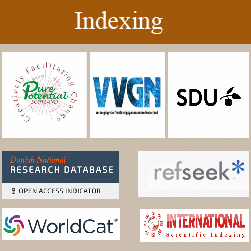Hurdles and Stumbling Blocks on Efforts of Prevention and Halting New HIV Infections by 2030: A Review of Southern Africa Region
Author(s):
Moses Mncwabe
Since the discovery of Human Immunodeficiency Virus (HIV) an infection that causes Acquired Immune Deficiency Syndrome (AIDS) four decades ago, there have been numerous global conferences where governments and heads of states made commitments to end the spread and provide mechanisms to mitigate the socioeconomic effects of advanced HIV [1]. However, these commitments have not been fully implemented as by 2019, the advanced HIV continued to be the leading cause of death among young women of reproductive age of 15-49 years globally. Despite political commitments, an estimated 6000 new HIV infections per week continue to occur among the age group of 15 and 24. These new incidences of HIV makes it near impossible for the international community to meet its commitment of fewer than 500,000 new HIV infections by 2020 [1]. On the positive side, there has been recognition that advanced HIV is not only a health issue but a development phenomenon. To this end, there have been multifaceted interventions such as increased number of girls enrolled in primary and secondary schools globally. Other development relates to more numbers of women in political leadership, improvement on pieces of legislation, increased investment in vaccines and noticeable uptake of antiretroviral treatment (ART) for people infected with HIV. By end of 2019, there were over 24 million people globally that were on treatment, of which more than 13 million were women aged 15 years and over [1]. However, there are formidable hurdles that make halting new HIV infections by 2030 as per the Sustainable Development Goals (SDGs) a difficult task. In the midst of progress and difficult challenges, the international community ought to reflect on Mandela's assertion that “…I have discovered the secret that after climbing a great hill, one only finds that there are many more hills to climb”[2]. These daunting hurdles include lack of political will, multiple concurrent sexual partnerships, transactional sexual relations, stigma, isolation and exclusion as well as poverty-migration and HIV, co-infection of Tuberculosis (TB) and HIV. The combination of these hurdles make the possibility of meeting the internationally agreed upon SDGs target of having zero new HIV infections a greater challenge to achieve, unless complacency is addressed head-on and the issues raised in this review are reprioritized.



